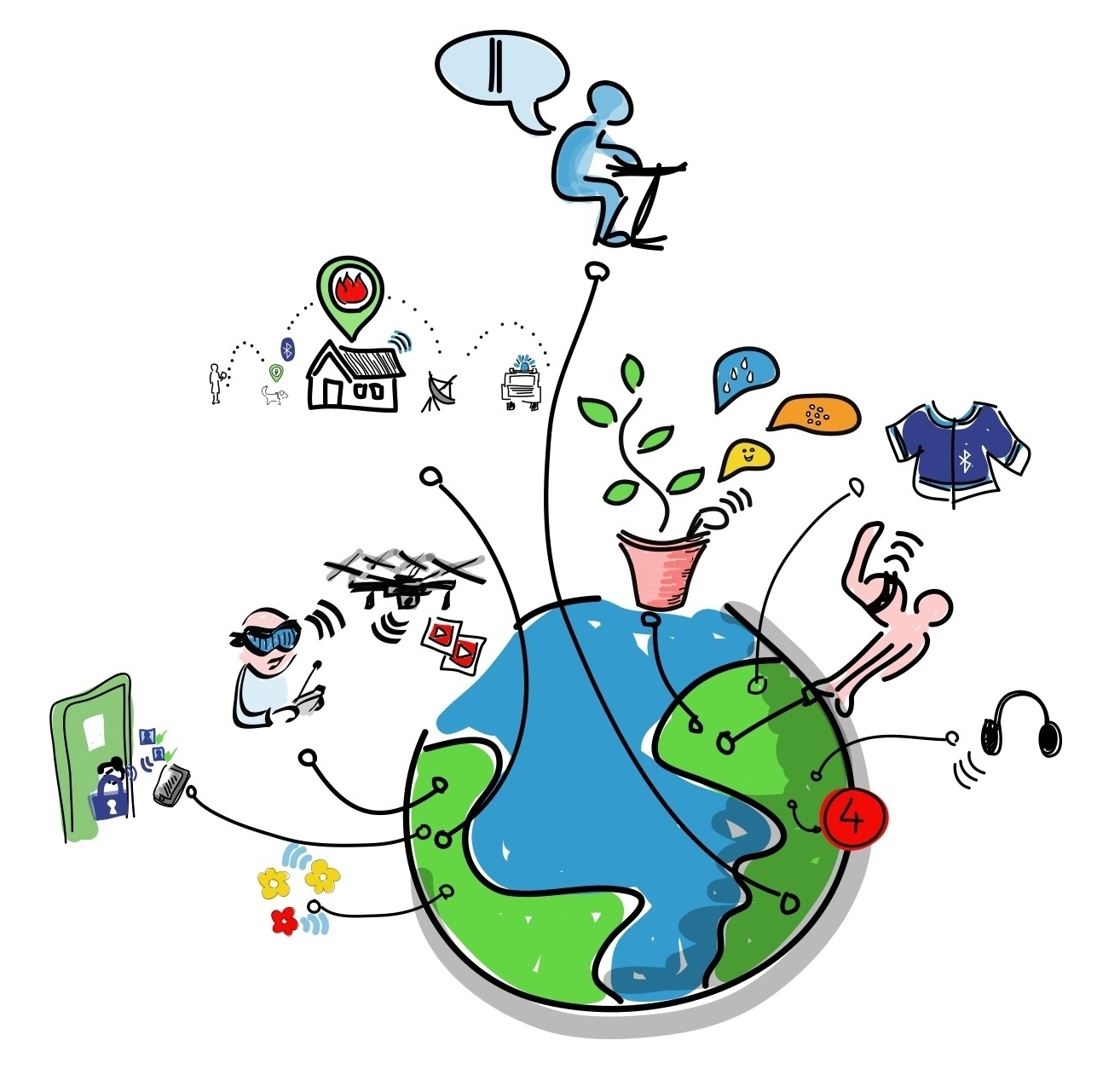IT spending in Brazil is forecast to total $125.3 billion in 2015, a 5.7% increase from 2014 projected spending of $118.5 billion and much of this spending will be driven by the digital industrial economy, according to Gartner, Inc.
Cassio Dreyfuss, research vice president at Gartner, provided the latest outlook for the IT industry today to an audience of more than 1,400 CIOs and IT leaders at Gartner Symposium/ITxpo, which is taking place here through October 30.
“Enterprises today compete globally in all industries. Despite economic deceleration, Brazil demonstrates that IT is well-entrenched in the enterprise core strategy and is seen as a tool for competitiveness development, in best and and in challenging times, as well” said Dreyfuss. “Software, IT services, and mobile data services will post double-digit growth in 2015, with strong IT demand from vertical industries like banking and securities, manufacturing, natural resources, not to mention consumer markets.”
For 2015 versus 2014, Gartner’s projections show that the devices segment (including PCs, tablets, mobile phones, and printers) in Brazil is projected to total $19.1 billion, a 1% increase from 2014 spending. Data center systems’ spending is expected to exceed $3 billion, a 7% increase from 2014. Software spending will total $5.7 billion, up 13.7%; IT services spending will reach $21.5 billion in 2015, up 13.7%t; and telecom services is projected to total $75.9 billion in 2015, a 4.2% increase from 2014.
Every Business Units is a “Technology Startup”
There is a dramatic shift in IT spending power. There is a shift of demand and control away from IT and toward digital business units closer to the customer.
“Thirty-eight percent of total IT spend happens outside of IT already, with a disproportionate amount in digital initiatives. By 2017, it will be over 50 percent,” Dreyfuss said. “Digital startups sit inside your own organization, in your marketing department, in HR, in logistics and in sales. Your business units are acting as technology startups. Today, every budget is an IT budget, frequently outside of the CIO control--but not outside of the CIO purview. IT Leaders must be called to participate in those decisions, to address issues such as IT economic effectiveness, architecture integration and security optimization.”
Gartner estimates that 50% of all technology sales people are actively selling direct to business units, not IT departments. Millions of sales people, and hundreds of thousands of resellers and channel partners are looking for new money flows in the fluid digital world, and they are finding eager buyers.
Become a Bimodal Organization
Bimodal IT , formally supporting two modes of operation, offers a solution to exploit dynamic business opportunities while maintaining operations excellence in its foundation systems. Mode 1 is what Mr. Dreyfuss calls “enterprise strength IT”, and the systems that support it must be reliable, efficient, scalable and secure. Mode 2, “opportunistic IT”, is driven by often unanticipated opportunities, emphasizing flexibility, agility, and speed (like a startup).
Dreyfuss used the example of smart machines to highlight the type of disruption that characterizes digital business. Smart machines are an emerging “super class” of technologies that perform a wide variety of tasks, of both the physical and the intellectual kind. For example, school computers have been grading multiple choice tests for many years, and now they are grading essays, unstructured tests that require analysis.
“Not only is the grading more accurate, but students actually work harder on their essays when they know they are being graded by a smart machine,” Dreyfuss said. “Other professional tasks won’t be far behind: financial analysis, medical diagnostics, and data analytics jobs will be impacted.
Smart robots will appear not just on the manufacturing floor, where they do physical work, but in the workplace and even in the home. Smart machines will automate decision making. A modern airplane is a perfect example: hundreds of sensors--Internet of Things at its best--feeding robots that make decisions collaboratively.
Impact of Digital Business on Jobs
Internet of things will generate vast amounts of new information and smart machines will take care of part of it. Digital businesses will impact jobs in different ways. The synergy among technology families--social and mobile tools, for instance--triggers the creation of totally new business models and processes. By 2018, digital businesses will require 50 percent fewer business process workers. However, at the same time, digital business will drive a 500% boost in digital jobs.
 Made-in-Israel mobile applications have been changing radically how we get from one place to another (Waze, GetTaxi); share videos and photos (Glide, for example), monitor our health; edu-tain our children and many other areas of our lives.
Made-in-Israel mobile applications have been changing radically how we get from one place to another (Waze, GetTaxi); share videos and photos (Glide, for example), monitor our health; edu-tain our children and many other areas of our lives.



















